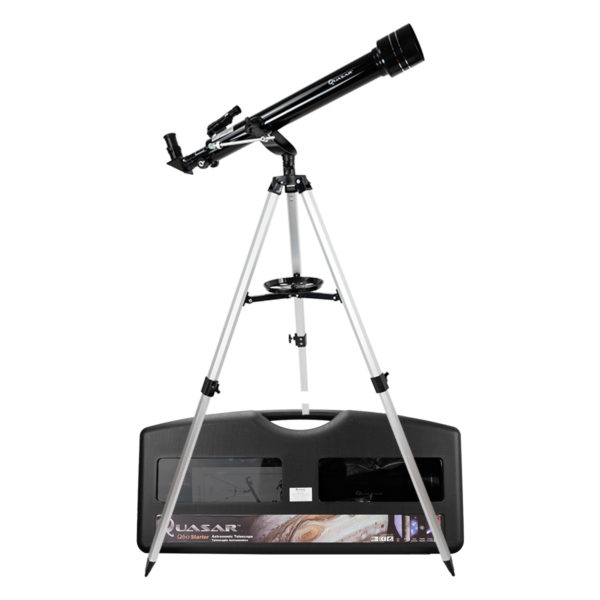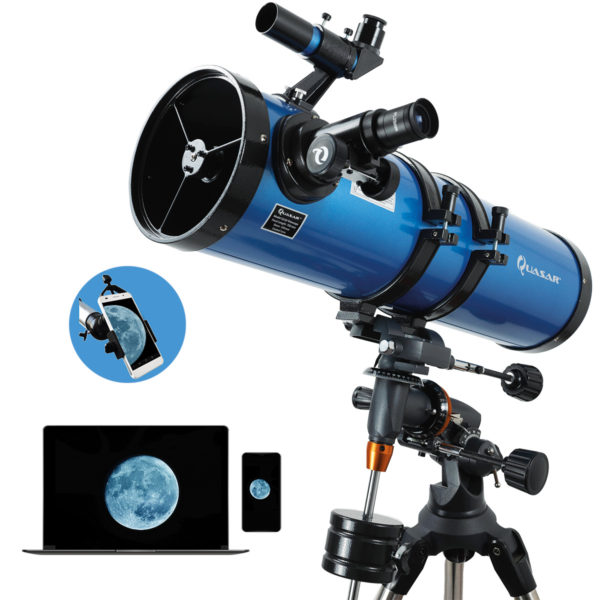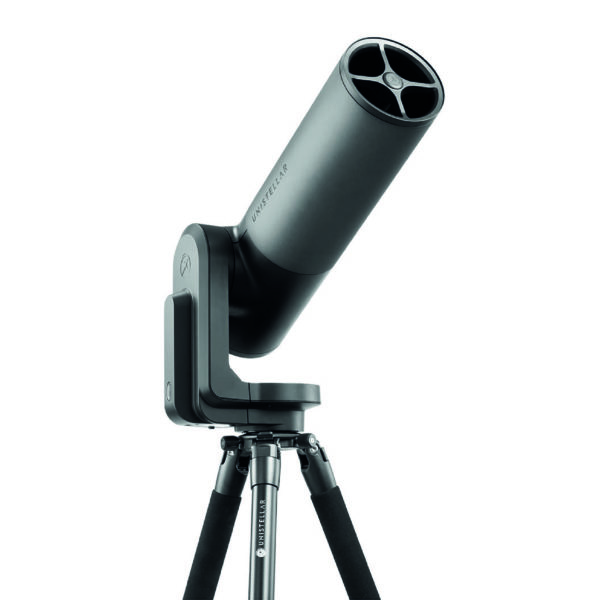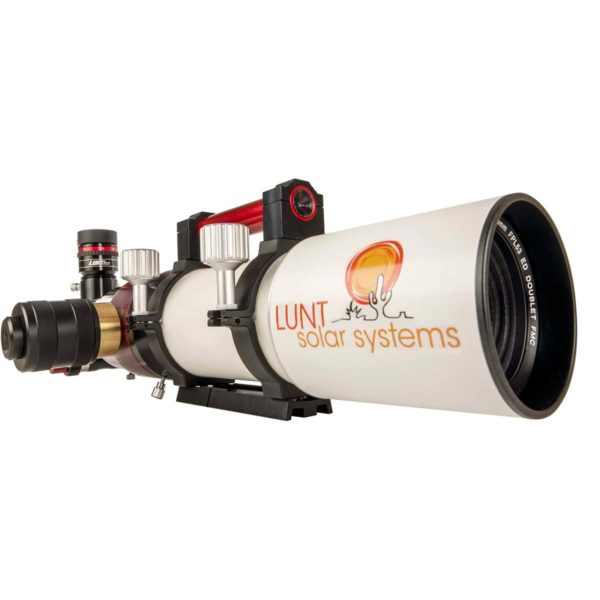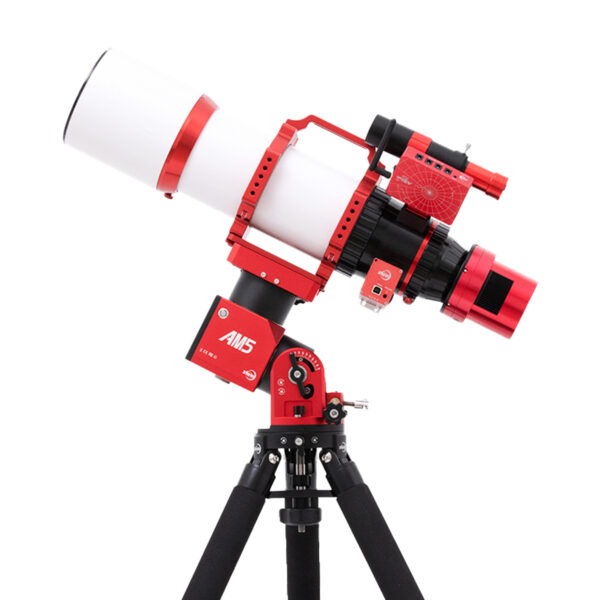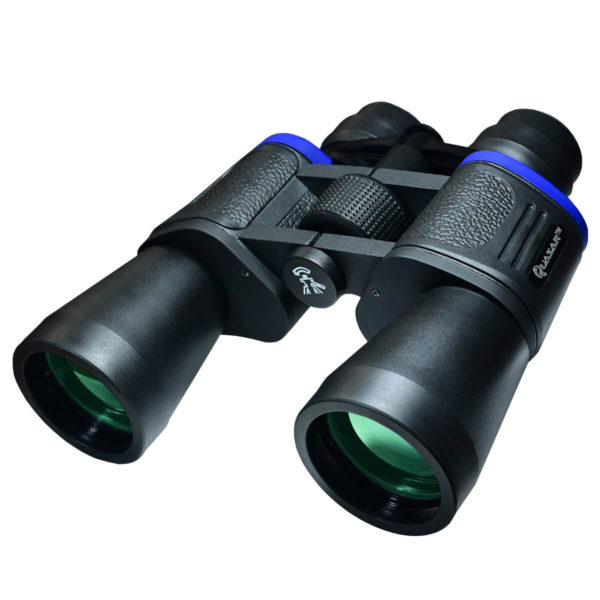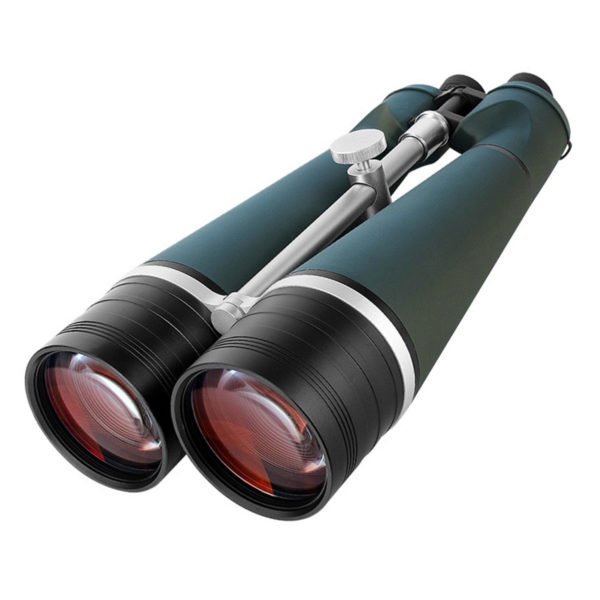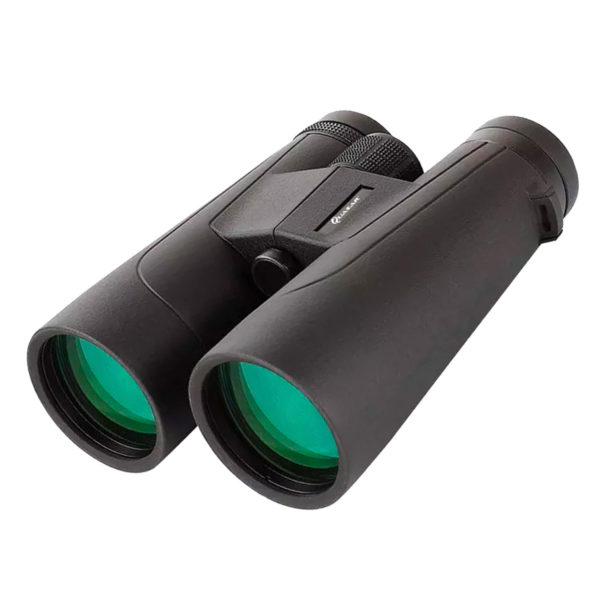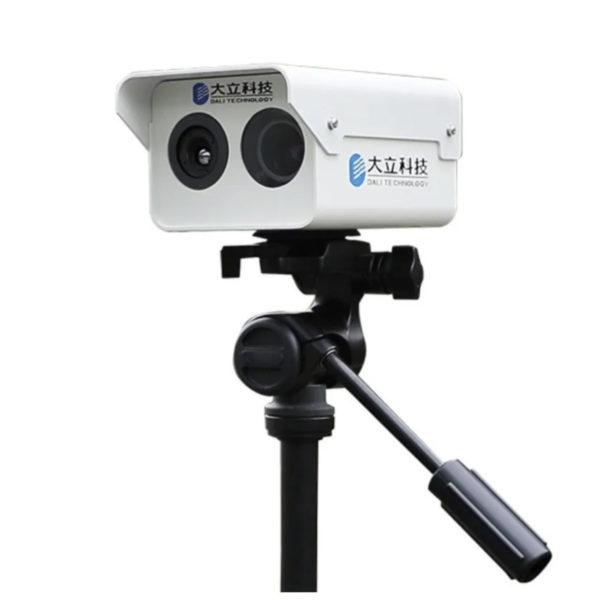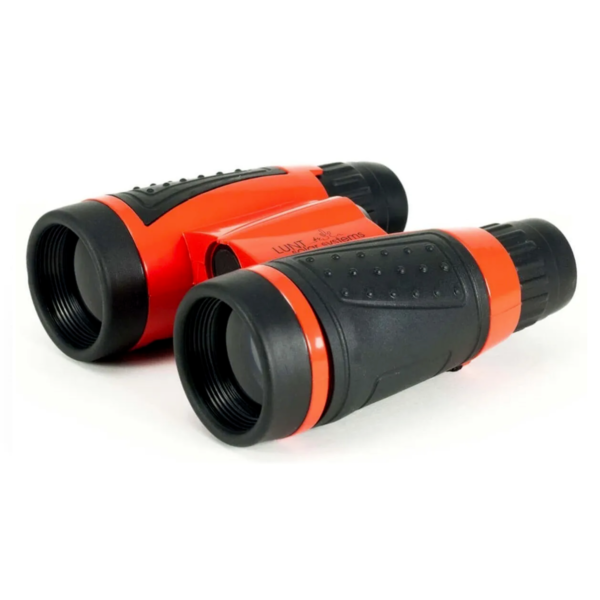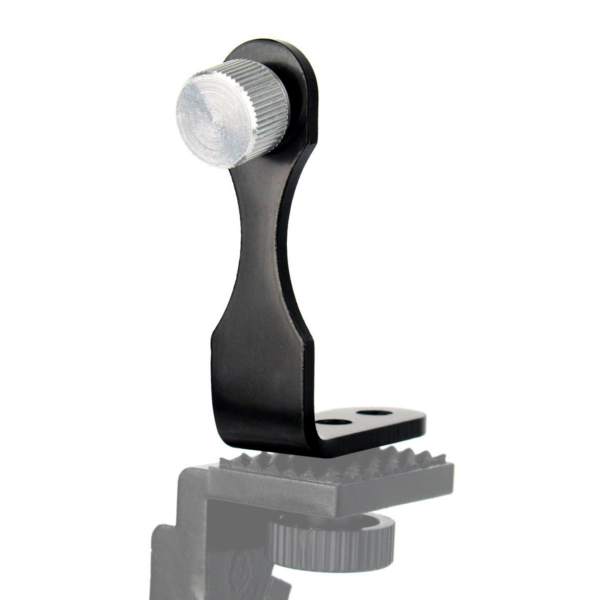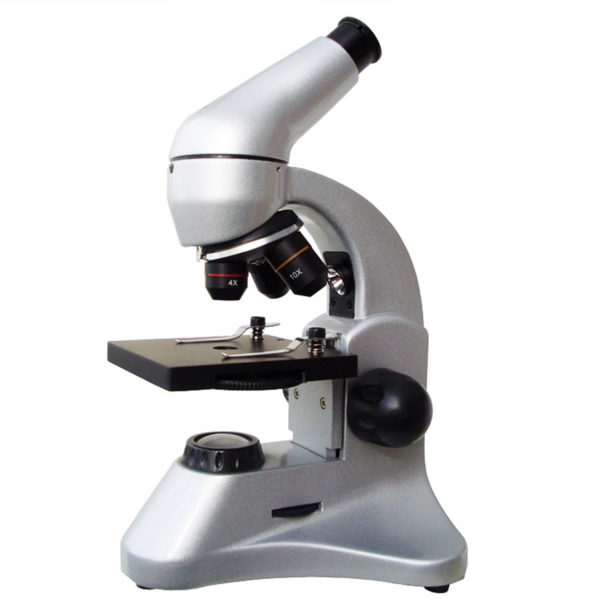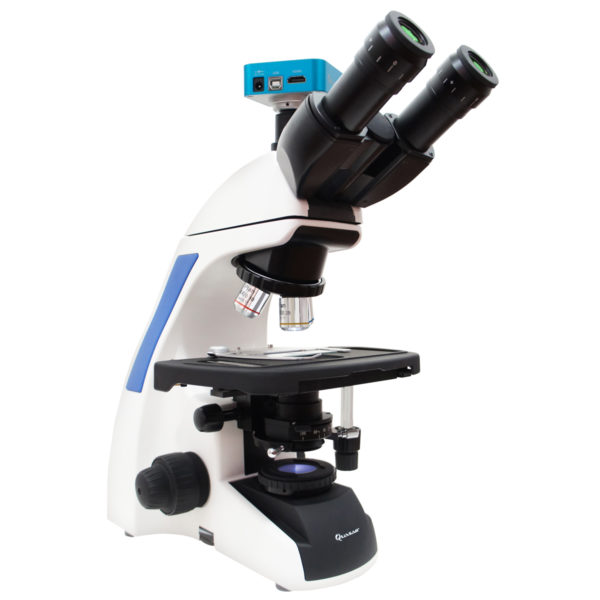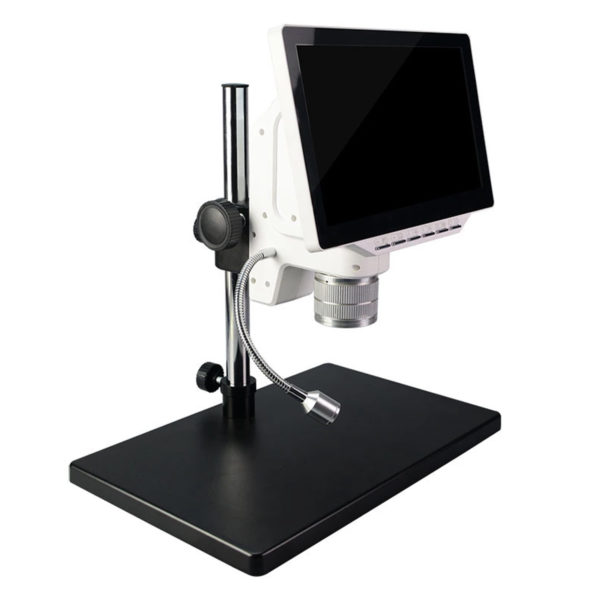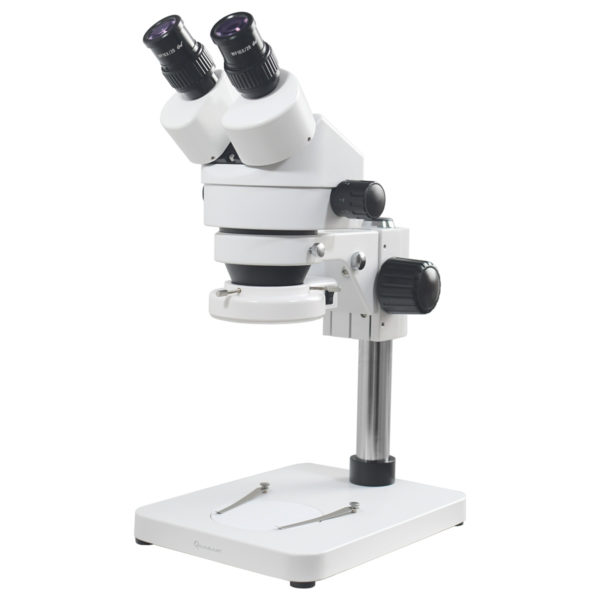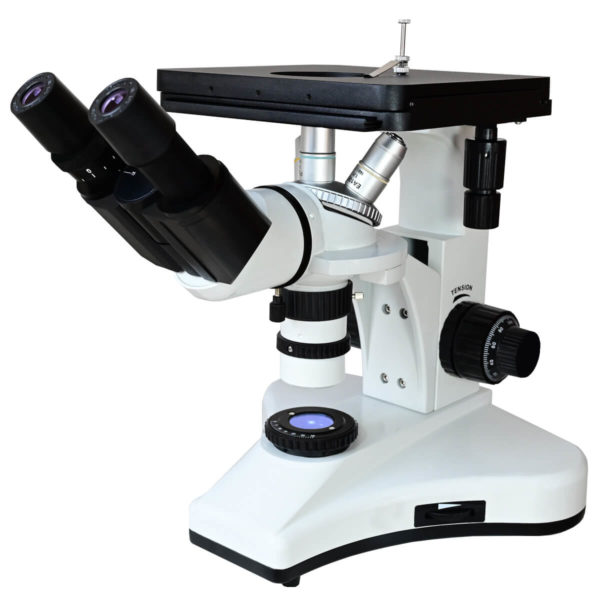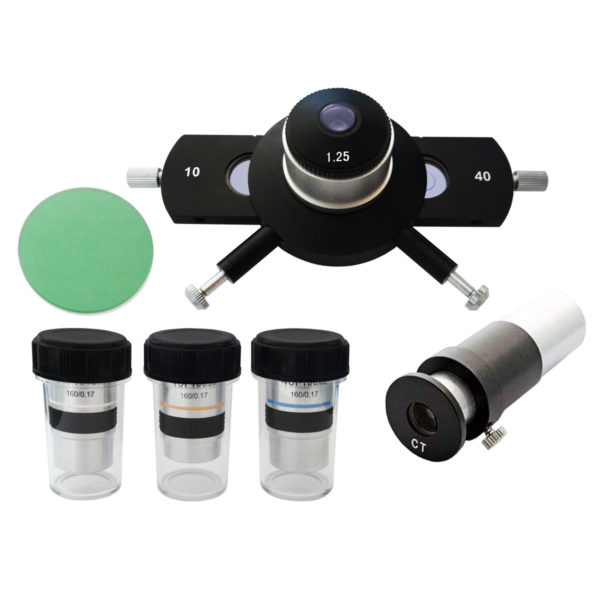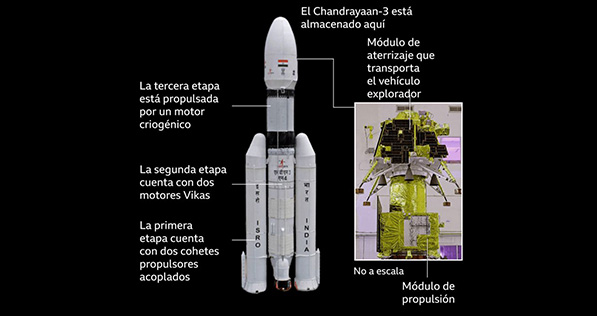From the Satish Dhawan launch center in Andhra Pradesh in India, the Chnadryaan-3 was launched, with a lunar module containing a remote-controlled guided vehicle that will traverse the unexplored area of the Moon, with the mission to search for water-based ice.
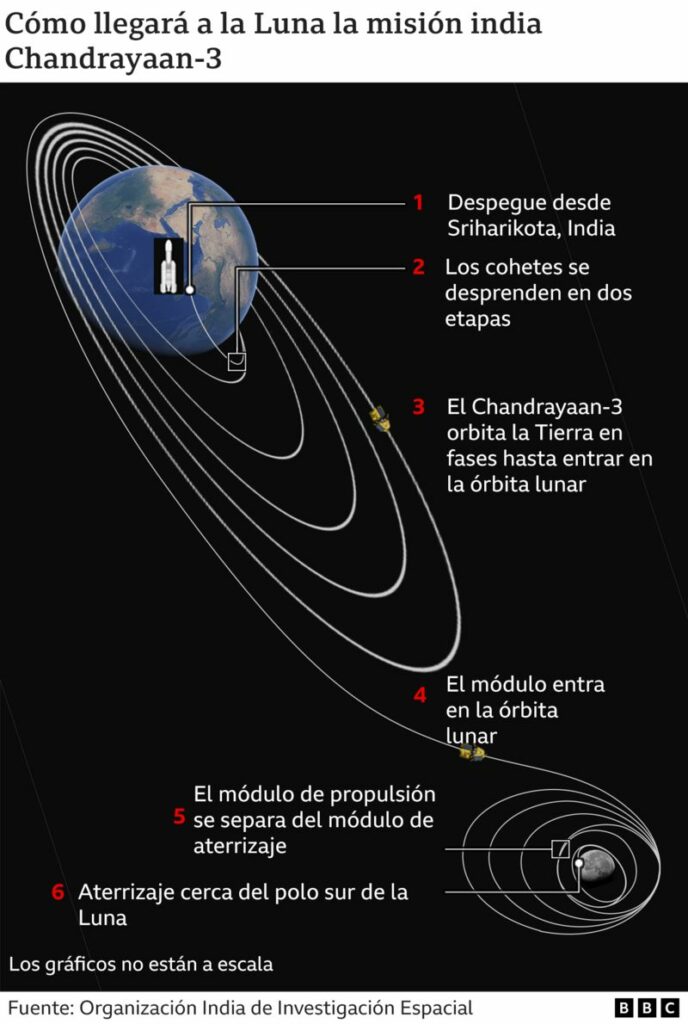
Prime Minister Narendra Modi celebrated with the words “India is on the Moon!” as his country became on Wednesday, August 23, 2023 to land an unmanned spacecraft on the south pole of the Moon, this also made India the 4th country to step on our natural satellite.
The accolades continued during the BRICS summit being held in South Africa (Brazil, Russia, India, China and South Africa), the country’s president Droupandi Murmu, called the landing “a momentous occasion, something that only happens once in a lifetime.”
The Indian mission came days after Russia failed in its attempt to reach the same area, however, the ROSCOSMOS mission ended up crashing and its Launa vehicle ended up wrecked on the surface.
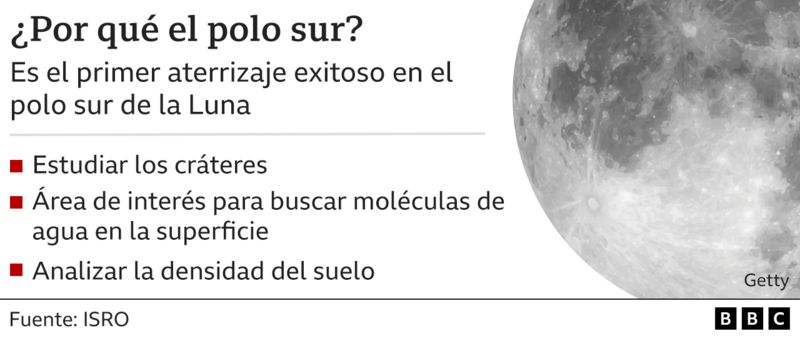
This is India’s second operation, as already in 2019, the ISRO (Indian Space Research Organization), had already tried, but failed.
The importance of this mission is the search for water at the south pole of the Moon, since the area is permanently in the twilight and therefore scientists believe there is a possibility of water on the natural satellite, the Indian mission, unlike the missions of the former USSR, China and USA, which landed at the equator and from there conducted missions to the south pole, gives it an advantage of proximity and a wider radius of action.
The module, named Vikram in honor of the founder of ISRO, carries a small 26-kg vehicle called Pragyaan, which prior to descent, was extensively mapping the lunar surface, discovering that it is an irregular area with many craters and ridges.
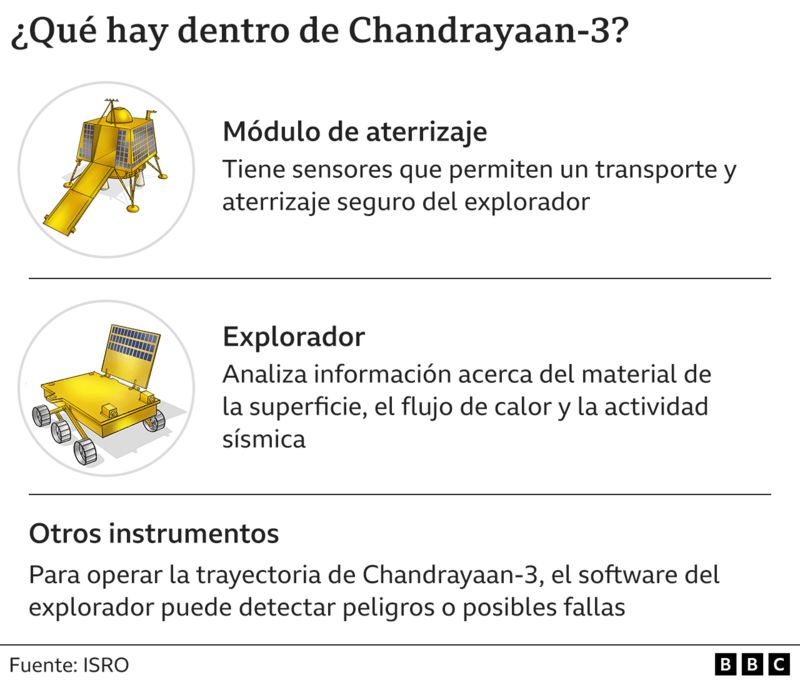
The module and the vehicle carry 5 instruments that will help to discover some characteristics of the south pole such as the nearest atmosphere and tectonic activity, the module will have 14 Earth days of sunlight to charge the battery and be able to operate, however, once it enters the twilight zone it will not be able to charge and will stop working, it is expected that the batteries will hold enough to collect samples and send them to the lunar module.
Congratulations to India as this is something historic, something extremely difficult and may this encourage more countries to enter and further develop space agencies.


